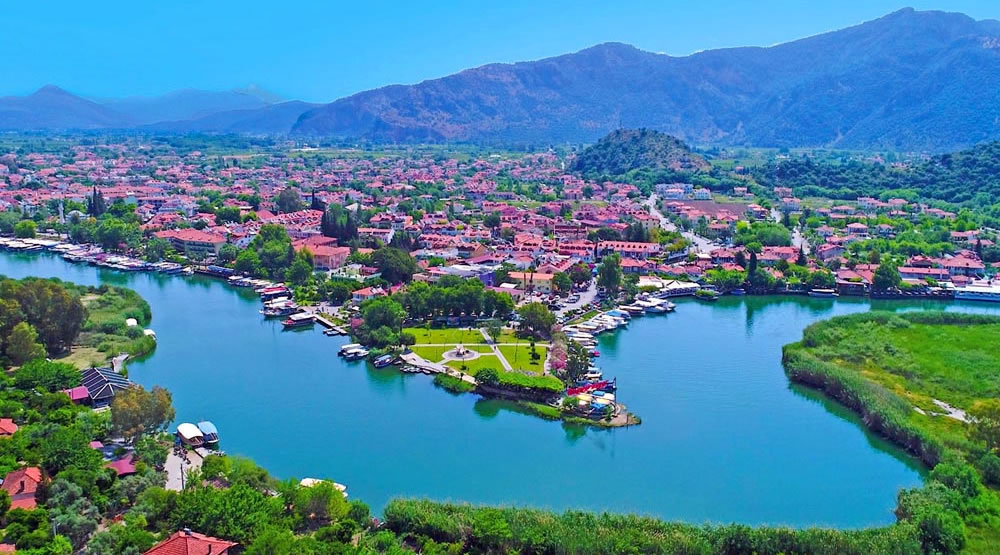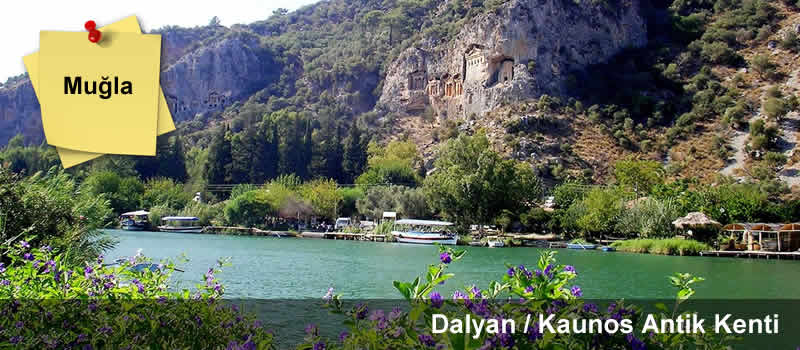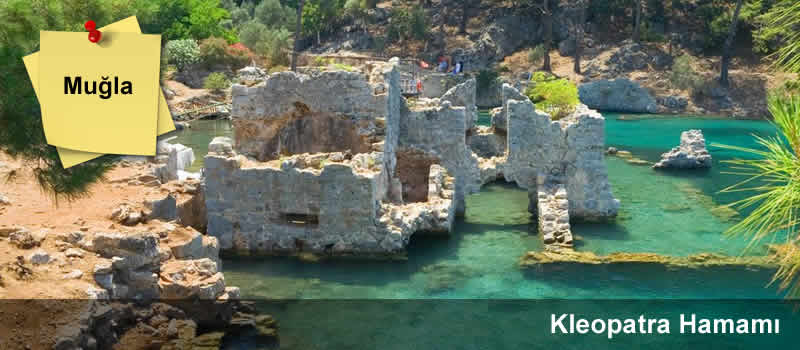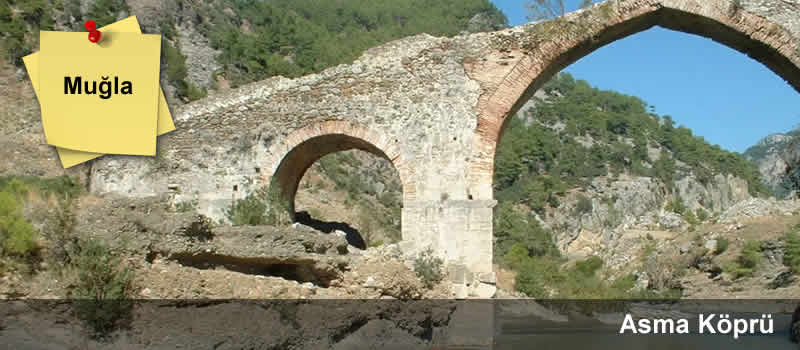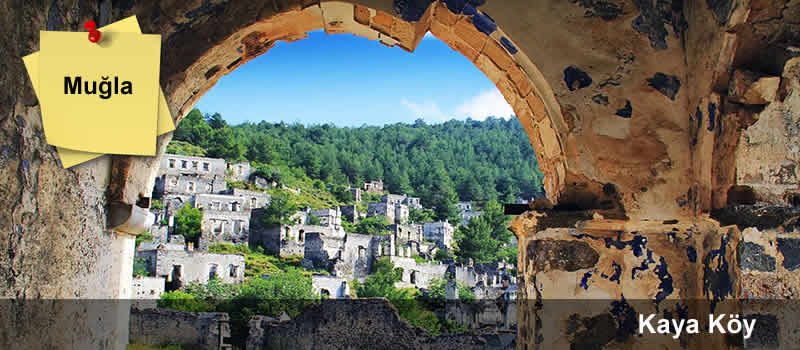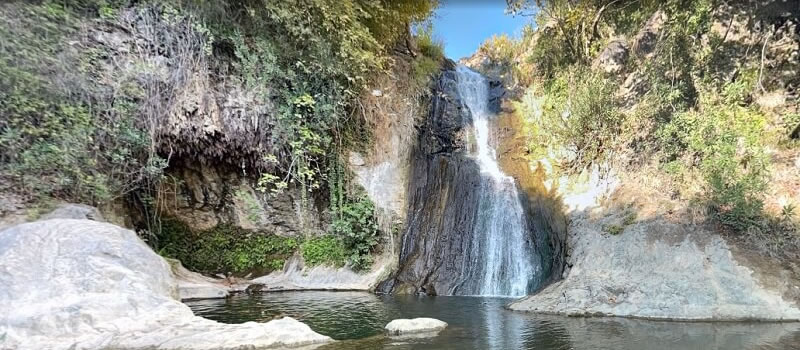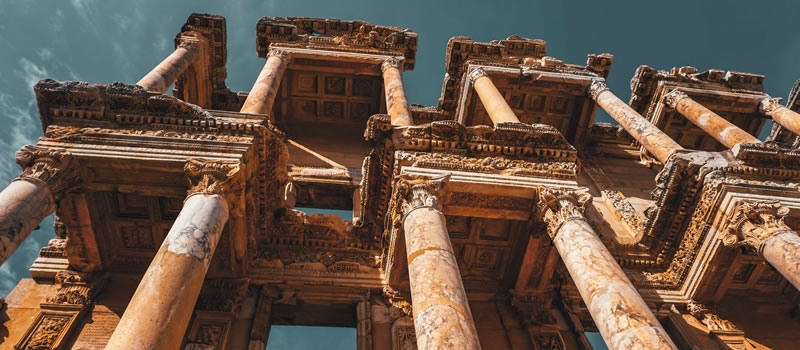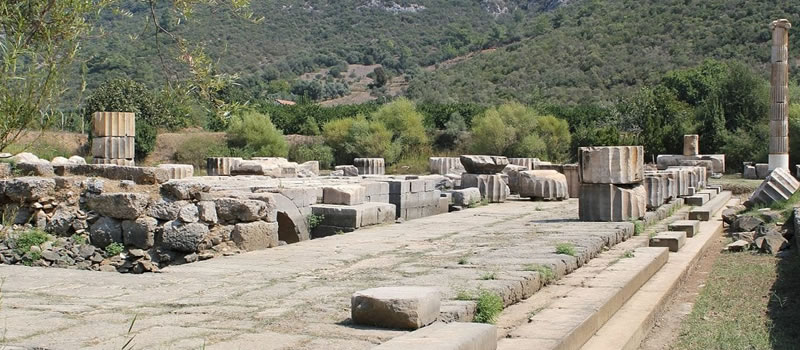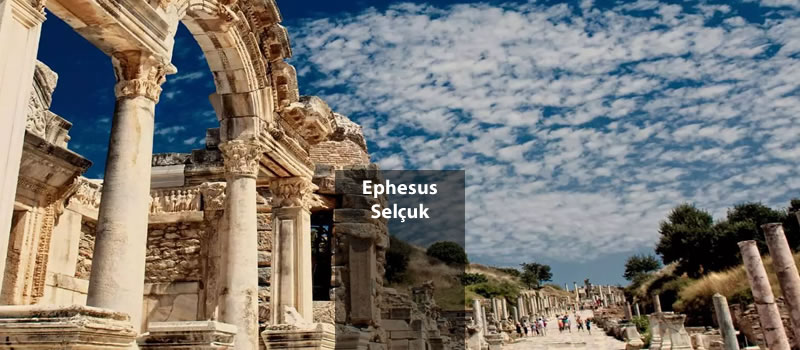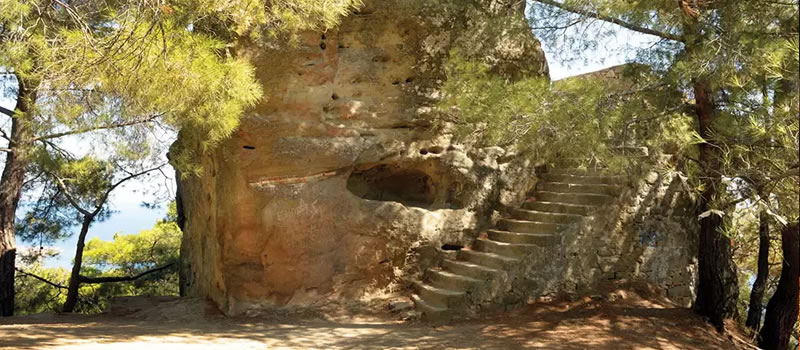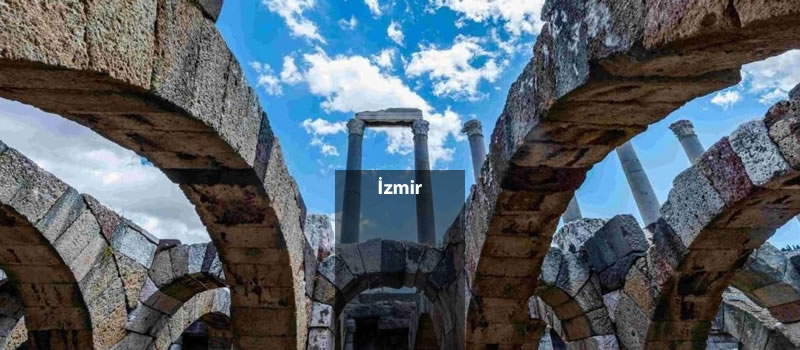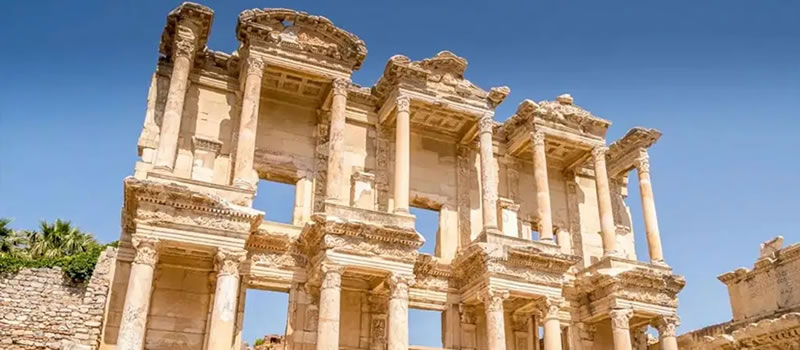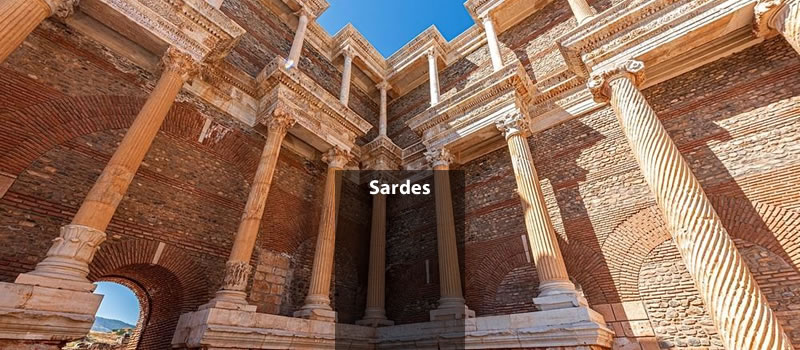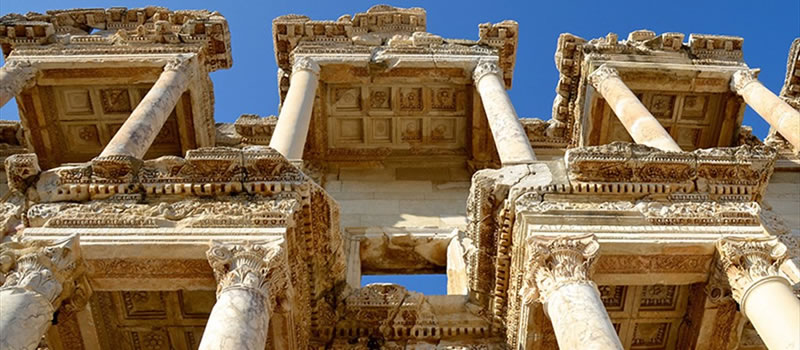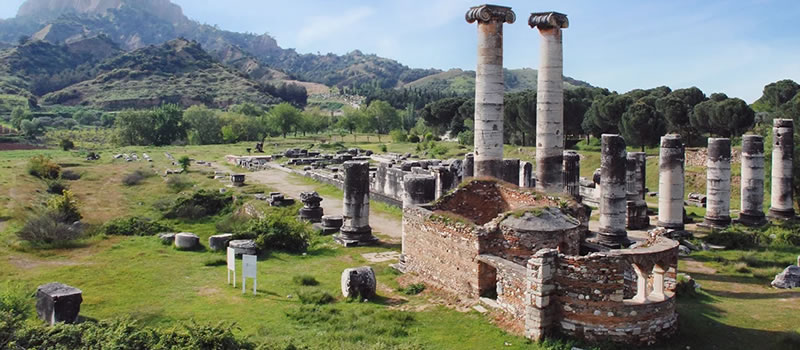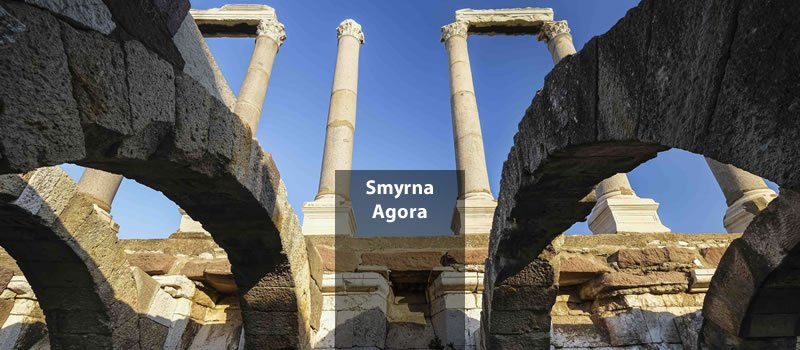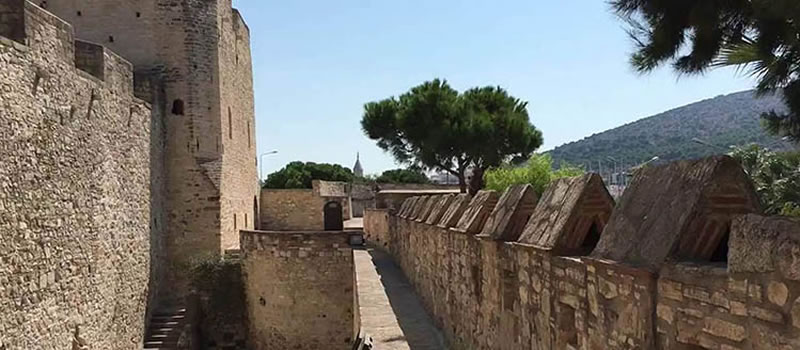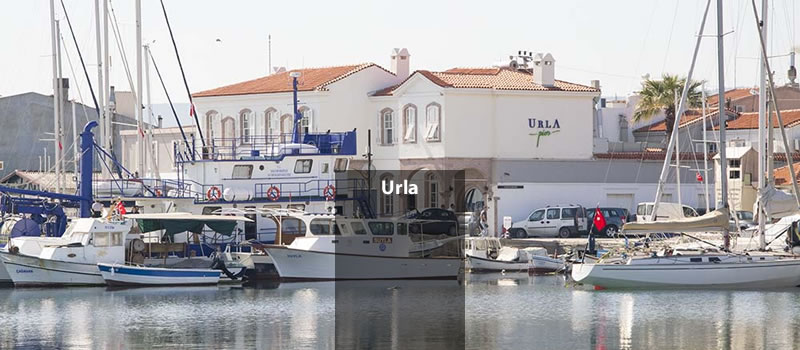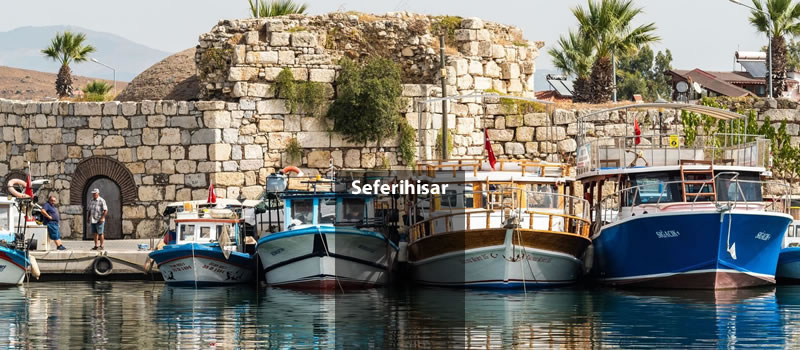Oktapolis Ancient City
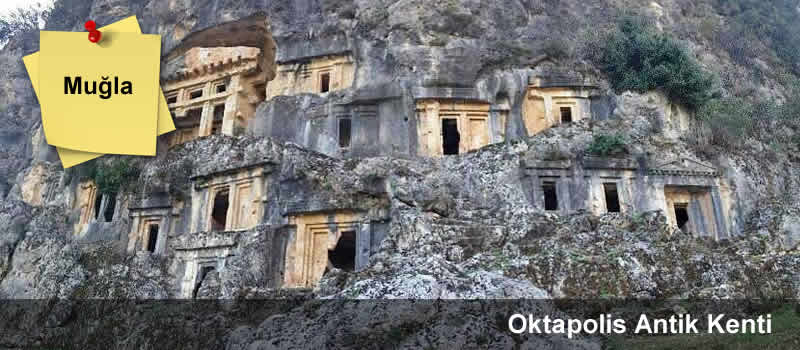
Oktapolis Ancient City, located in the southwest of Turkey, is a significant archaeological site that has hosted many civilizations throughout history. Its name is derived from the Greek words "okta" meaning "eight" and "polis" meaning "city," reflecting its association with eight surrounding smaller settlements. Oktapolis is situated in the Lycia region, between Fethiye and Tlos. This article provides detailed information about the history, archaeological findings, historical significance, and transportation details of Oktapolis.
The history of Oktapolis dates back to the 2nd millennium BCE. As part of the Lycian civilization, the city also retained its importance during the Roman and Byzantine periods. Oktapolis, one of the independent city-states of Lycia, was strategically located at the crossroads of trade routes.
Excavations in Oktapolis Ancient City have revealed a rich historical heritage. The most important structures in the city include a theater, agora, temples, and a necropolis area. These structures shed light on the social and religious life of the city.
Theater: The city's theater, dating back to the Roman period, is a large structure with a capacity of approximately 5,000 people. The stage building and seating rows are well-preserved.
Agora: The agora, the commercial center of the city, covers a wide area. Excavations here have uncovered many artifacts related to the commercial life of the period.
Temples: There are many temples in Oktapolis, dating from the Lycian, Roman, and Byzantine periods, dedicated to various deities. The architectural styles of the temples reflect the characteristics of different eras.
Necropolis: The necropolis area of the city is filled with rock-cut tombs and sarcophagi, dating back to the Lycian period. These tombs were designed in various ways according to the social status of the deceased.
Oktapolis, as one of the major centers of the Lycian civilization, played a significant role in the political, economic, and cultural life of the region. The city was a member of the Lycian League and was influential in the decision-making processes of this federation. Additionally, it remained an important settlement during the Roman and Byzantine periods.
Inscriptions and coins found in the city are crucial for understanding the history and economic structure of Oktapolis. Particularly, inscriptions in the Lycian language provide information about the local culture of the region, while coins from the Roman period indicate the city's trade relations and economic power.
Transportation to Oktapolis Ancient City can be arranged through the tourist centers in the southwest of Turkey. Here are the transportation options:
The nearest airport is Dalaman Airport, located approximately 60 km from Fethiye. From Dalaman Airport, you can reach Fethiye and then Oktapolis by road.
From Fethiye: You can reach Oktapolis Ancient City by renting a car or taking buses towards Tlos, approximately 30 km from Fethiye city center.
From Antalya: You can reach Fethiye via the D400 highway from Antalya, which is about a 200 km journey. From there, continue towards Tlos to reach Oktapolis.
By Public Transport: You can take minibusses or buses from Fethiye towards Tlos. However, since the ancient city may be within walking distance from the nearest point, renting a private vehicle might be more comfortable.
Oktapolis Ancient City, with its rich historical and cultural heritage, is a significant archaeological site. With its remains from the Lycian, Roman, and Byzantine periods, it has hosted many civilizations throughout history. The findings, historical information, and transportation details discussed in this article highlight the importance of Oktapolis in the history of the region. Today, Oktapolis continues to be a fascinating research area for archaeologists and history enthusiasts.
History
The history of Oktapolis dates back to the 2nd millennium BCE. As part of the Lycian civilization, the city also retained its importance during the Roman and Byzantine periods. Oktapolis, one of the independent city-states of Lycia, was strategically located at the crossroads of trade routes.
Archaeological Findings
Excavations in Oktapolis Ancient City have revealed a rich historical heritage. The most important structures in the city include a theater, agora, temples, and a necropolis area. These structures shed light on the social and religious life of the city.
Theater: The city's theater, dating back to the Roman period, is a large structure with a capacity of approximately 5,000 people. The stage building and seating rows are well-preserved.
Agora: The agora, the commercial center of the city, covers a wide area. Excavations here have uncovered many artifacts related to the commercial life of the period.
Temples: There are many temples in Oktapolis, dating from the Lycian, Roman, and Byzantine periods, dedicated to various deities. The architectural styles of the temples reflect the characteristics of different eras.
Necropolis: The necropolis area of the city is filled with rock-cut tombs and sarcophagi, dating back to the Lycian period. These tombs were designed in various ways according to the social status of the deceased.
Historical Significance
Oktapolis, as one of the major centers of the Lycian civilization, played a significant role in the political, economic, and cultural life of the region. The city was a member of the Lycian League and was influential in the decision-making processes of this federation. Additionally, it remained an important settlement during the Roman and Byzantine periods.
Inscriptions and coins found in the city are crucial for understanding the history and economic structure of Oktapolis. Particularly, inscriptions in the Lycian language provide information about the local culture of the region, while coins from the Roman period indicate the city's trade relations and economic power.
Transportation Information
Transportation to Oktapolis Ancient City can be arranged through the tourist centers in the southwest of Turkey. Here are the transportation options:
By Air:
The nearest airport is Dalaman Airport, located approximately 60 km from Fethiye. From Dalaman Airport, you can reach Fethiye and then Oktapolis by road.
By Road:
From Fethiye: You can reach Oktapolis Ancient City by renting a car or taking buses towards Tlos, approximately 30 km from Fethiye city center.
From Antalya: You can reach Fethiye via the D400 highway from Antalya, which is about a 200 km journey. From there, continue towards Tlos to reach Oktapolis.
By Public Transport: You can take minibusses or buses from Fethiye towards Tlos. However, since the ancient city may be within walking distance from the nearest point, renting a private vehicle might be more comfortable.
Oktapolis Ancient City, with its rich historical and cultural heritage, is a significant archaeological site. With its remains from the Lycian, Roman, and Byzantine periods, it has hosted many civilizations throughout history. The findings, historical information, and transportation details discussed in this article highlight the importance of Oktapolis in the history of the region. Today, Oktapolis continues to be a fascinating research area for archaeologists and history enthusiasts.


